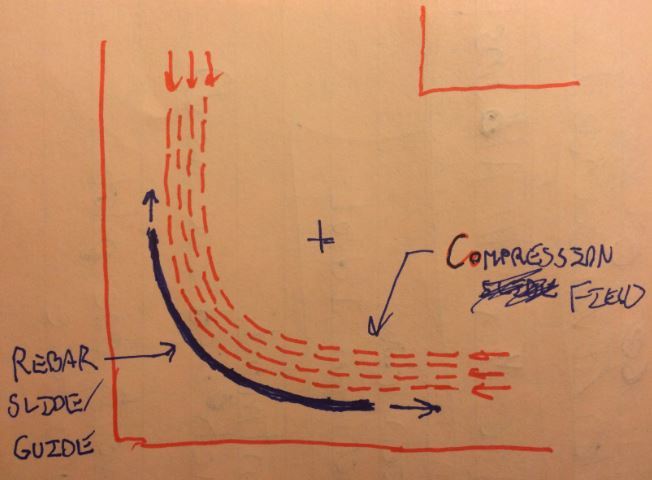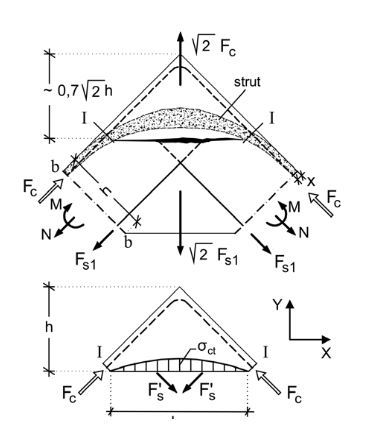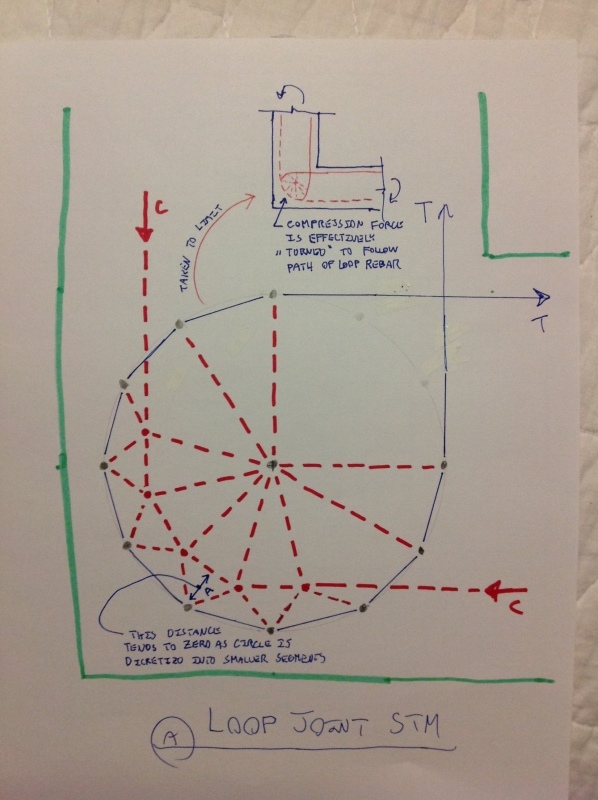bookowski
Structural
- Aug 29, 2010
- 983
Two questions for anyone who uses thermal breaks at concrete balconies, in particular I'm talking about isokorb. I've read the technical literature but just looking for any input/warnings from people that use them on the following:
1. The add'l deflection from the thermal break in my case adds about 1/2" deflection at the top of balcony. I am very hesitant to camber a balcony - afraid they'll do too much, it won't come down as much as it 'should' etc. and I create a drainage problem.
2. Has anyone used the thermal break for step down balconies, in particular the isokorb k-hv10-cv35. To deal with the step down the included reinforcing does a 360 loop to go from low to high. Seems a bit scary. Anyone use this?
1. The add'l deflection from the thermal break in my case adds about 1/2" deflection at the top of balcony. I am very hesitant to camber a balcony - afraid they'll do too much, it won't come down as much as it 'should' etc. and I create a drainage problem.
2. Has anyone used the thermal break for step down balconies, in particular the isokorb k-hv10-cv35. To deal with the step down the included reinforcing does a 360 loop to go from low to high. Seems a bit scary. Anyone use this?





